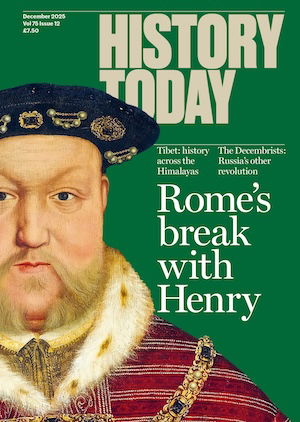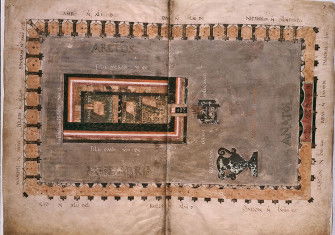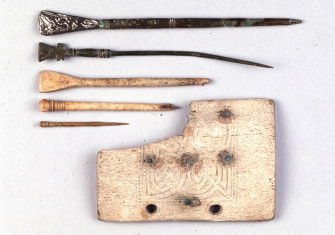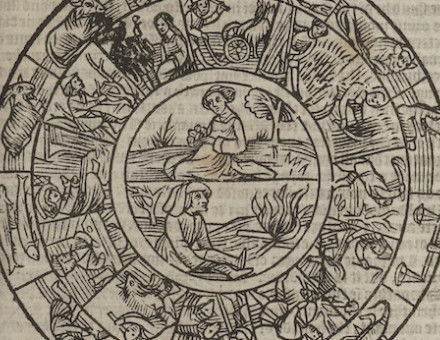The Who’s Who of Anglo-Saxon England
The British Library’s new exhibition is a star-studded tour of the Anglo-Saxons at their most eloquent.
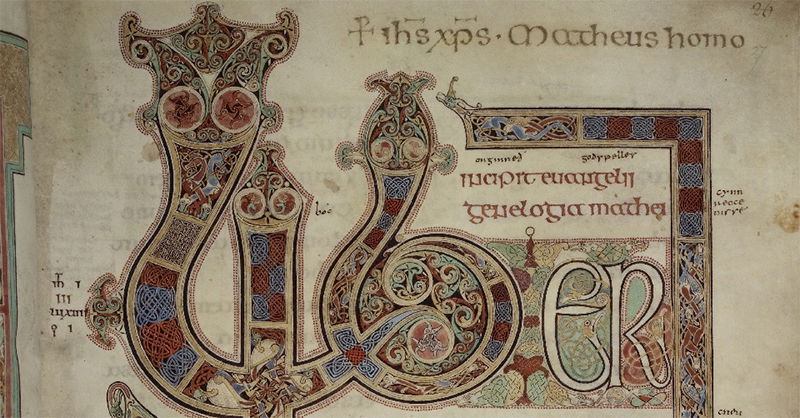
This is billed as a once-in-a-generation exhibition, but that is selling it short. More properly, it might be called once-in-a-millennium.
Compared to some periods, surviving manuscripts from Anglo-Saxon England are few; so few that we know most of them at a glance, or by name. In Anglo-Saxon Kingdoms: Art, Word, War, every case holds ‘a name’; it is like walking through a hall of fame and recognising every face.

